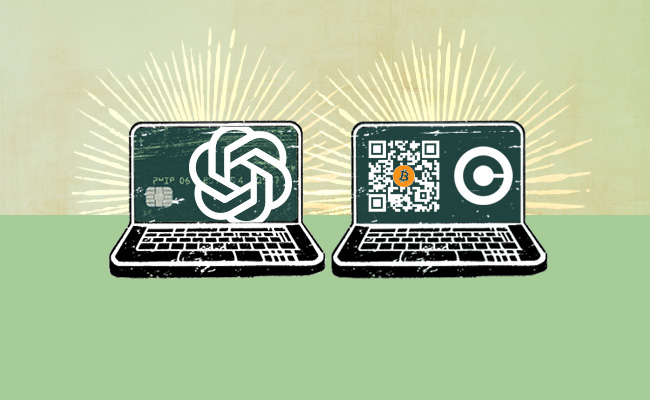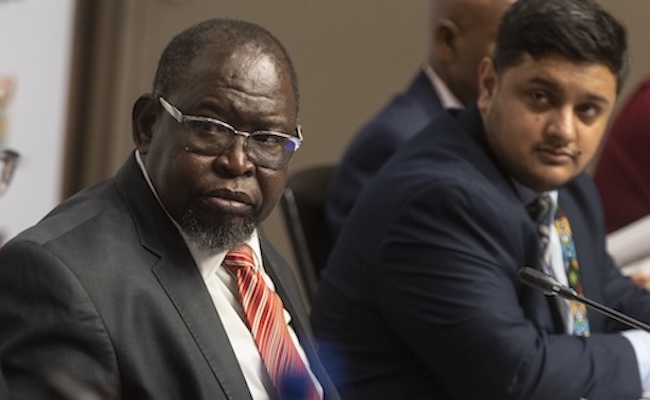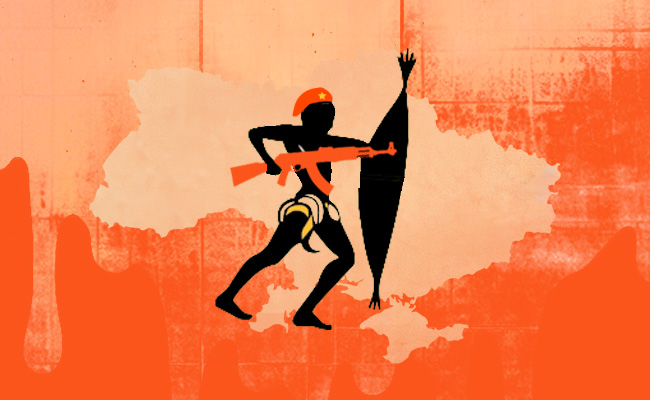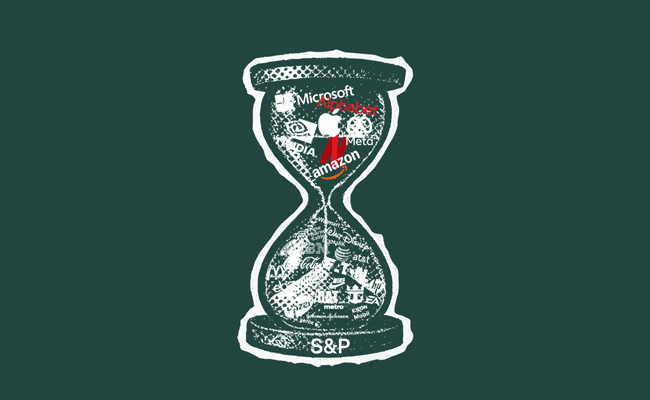July is National Savings Month, and you may have seen numerous financial institutions and government agencies banging on about the importance of saving and investing for the future. Yet, according to the latest data from Stats SA, our savings culture has worsened, not improved.
Unsurprisingly, this has received very little airtime. In the first quarter of 2025, our national savings rate declined to -1.2% from -1.1% in the previous quarter. Essentially, this indicates that households are spending more than they earn.
Some may dismiss this by saying: “Well, the whole world is a shit show right now.” Yet, it’s worthwhile comparing ourselves to other emerging markets. Sri Lanka and Morocco, for instance, recently reported national savings rates of 24.3% and 28.8%, respectively. These societies have maintained healthy savings rates even amid economic uncertainty. This glaring disparity underscores a fundamental weakness in our economy.
South Africa’s negative savings trajectory reflects a consumption-driven economy, where households increasingly rely on credit to maintain their living standards. This pattern has worsened after years of low economic growth, high unemployment, and rising living costs that have outpaced income growth.
This is the elephant in the room – the growing mountain of consumer debt. According to the South African Reserve Bank’s latest Quarterly Bulletin, the household debt-to-disposable-income ratio is 62.7%. In simple terms, for every R100 earned, R62.70 is owed to creditors. That’s staggering.
Living under such a heavy debt burden is the antithesis of financial freedom. It removes choice and autonomy, replacing aspirations with obligations. Instead of investing in education, starting a business or saving for retirement, income is consumed by debt repayments. Now, creditors have access to your salary before payday.
The debt burden has become a vicious cycle. Rising costs and emergencies push households to take on more credit, rather than drawing on savings they lack, creating a self-perpetuating cycle.
For those feeling crushed by debt, the situation can seem desperate. However, there are three pathways out of a debt trap: two formal legal processes – voluntary sequestration and debt counselling – and the challenging but empowering path of disciplined self-repayment. Each path comes with distinct advantages and challenges.
The nuclear option: voluntary sequestration
Voluntary sequestration is the most drastic legal step an individual can take. It is an application to the high court to be declared insolvent. Under this process, you voluntarily surrender your financial estate to a court-appointed trustee. The trustee’s primary role is to sell your assets – your house, car, furniture and other valuables – to pay your creditors.
It’s complex and costly, with fees and charges paid from the proceeds of your asset sale. It’s often not viable because many estates don’t cover the costs. Insolvency stays on your credit record for up to 10 years unless you pay to be rehabilitated.
The structured option: debt counselling
A less severe, yet still formal, legal process is debt counselling, also known as debt review. Regulated by the National Credit Act, this is designed for over-indebted individuals. You approach a registered debt counsellor, who assesses your financial situation and declares you over-indebted.
The counsellor then develops a restructured debt repayment plan that is more manageable. This often involves negotiating lower monthly payments over an extended period. While under debt counselling, you are protected from legal action. You make a single consolidated monthly payment to a payment distribution agency, which then distributes the funds to your creditors.
Debt counselling also comes with limitations. While in debt review, you cannot access further credit. Once all debts are settled, the counsellor issues a clearance certificate and the debt review flag is removed from your record.
The DIY option: debt repayment
For those whose debt is substantial but not yet at a crisis point, the most empowering option is to pay it off themselves. It takes discipline and lifestyle changes, but avoids legal consequences.
When I was a student in debt, I moved into the cheapest room I could find in Oxford – a converted nurses’ dorm in my college. I could touch both walls by stretching my arms, and the bed barely fit. It wasn’t glamorous, but it cut my housing costs by 60%, giving me breathing room to start repaying my debt.
Swallowing my pride was my first step.
Two popular strategies are the “snowball” and “avalanche” methods.
Snowball method: You list debts from smallest to largest, regardless of interest rate. Make minimum payments on all debts except the smallest, which you attack with every spare rand. Once it’s paid, roll that amount into the next-smallest debt, and so on. The quick wins offer powerful psychological momentum.
Avalanche method: This method is mathematically the most efficient. You list your debts from the highest interest rate to the lowest. You make minimum payments on all debts but throw all extra cash at the one with the highest interest rate. Once it’s cleared, you move to the next-highest interest rate. It takes longer to get your first “win”, but it saves the most in interest.
Avoid ‘Squid Game’
South Africa’s household debt crisis is a silent emergency, undermining the financial wellbeing of families and the country. It underscores the urgent need for improved financial education and cultural shifts around debt and saving. The contrast with high-saving emerging markets indicates that change is possible, but it requires both individual resolve and policy support.
As Savings Month comes to an end, we must go beyond simply encouraging people to “save more” and focus on the real barriers preventing them from doing so. Whether through sequestration, debt counselling or disciplined self-repayment, the path to financial freedom is available.
We must avoid a reality where people, like in the series Squid Game, would risk everything just for a chance to escape crushing debt.
The path depends on individual circumstances, but the goal remains the same: to break the chains of debt and reclaim the freedom to build a better future.
Top image: Rawpixel/Currency collage.
Sign up to Currency’s weekly newsletters to receive your own bulletin of weekday news and weekend treats. Register here.














